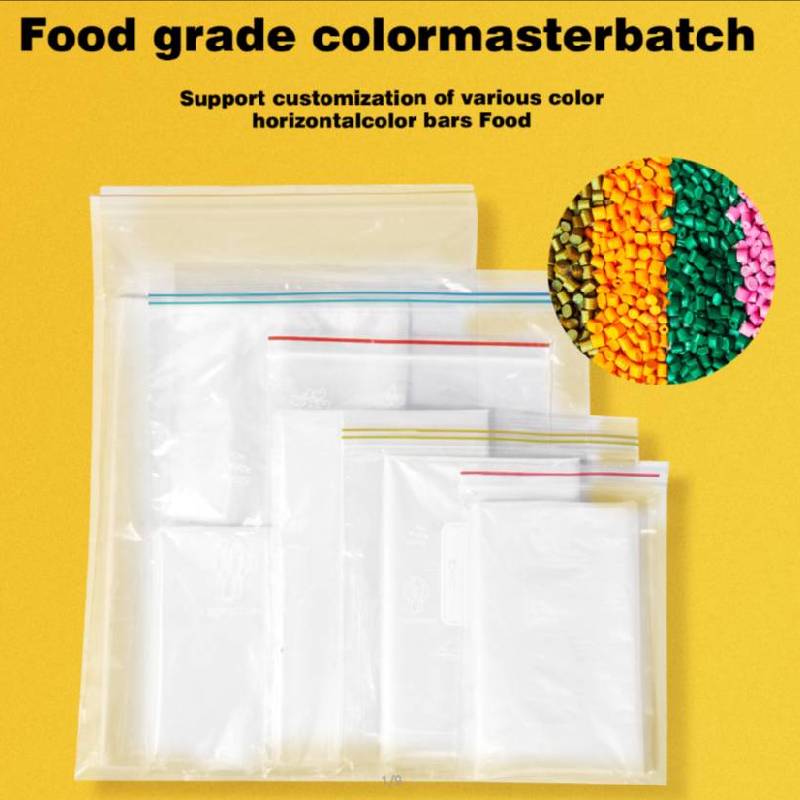silage wrap film price
The Economics of Silage Wrap Film Understanding Prices and Factors Affecting Cost
Silage wrap film has become an essential tool in modern agricultural practices, particularly in the preservation of forage crops. As the demand for high-quality feed increases, understanding the price dynamics of silage wrap film is crucial for farmers and agricultural businesses alike. This article explores the factors influencing the price of silage wrap film, the types available on the market, and how to navigate purchasing decisions effectively.
What is Silage Wrap Film?
Silage wrap film is a type of plastic film designed to wrap and seal silage bales, ensuring they are airtight. This airtight seal is vital for fermentation, which preserves the nutritional value of the forage and prevents spoilage. The integrity of the wrap is paramount; any breach can lead to mold growth and loss of feed quality. Therefore, investing in high-quality wrap film is critical for any livestock farmer looking to optimize feed efficiency.
Factors Affecting Silage Wrap Film Prices
1. Material Quality Silage wrap films are primarily made from linear low-density polyethylene (LLDPE) and can vary in thickness and UV resistance. Thicker, stronger films designed to withstand harsh weather conditions tend to be priced higher. High-quality films also offer better stretchability and durability, which can justify a higher cost.
2. Production Costs The price of raw materials, manufacturing processes, and transportation significantly impact the final price of silage wrap film. In recent years, fluctuations in the price of petroleum, a key ingredient in plastic production, have led to variability in wrap film prices. Manufacturers must pass these costs onto consumers, thereby influencing market prices.
3. Market Demand Seasonal variations in demand for silage wrap film can lead to price fluctuations. During peak silage-making periods, demand is high, which may drive prices up. Conversely, during off-peak seasons, prices might decrease due to reduced demand.
4. Purchasing Volume Many suppliers offer bulk purchasing options at discounted rates. Farmers looking to buy in larger quantities can often negotiate better prices, making it an economical choice for those with extensive forage operations.
silage wrap film price

5. Brand and Distributor Pricing Different brands offer varying qualities and performance characteristics, which can affect pricing. Established brands that have garnered a reputation for reliability may charge a premium. Additionally, local distributors might have different pricing structures based on regional demand and logistics costs.
Types of Silage Wrap Film
Silage wrap films come in various forms, including standard film, pre-stretched film, and biodegradable options. Standard films are commonly used and are effective for most silage applications. Pre-stretched films are designed to reduce the amount of material required while providing superior strength, making them a popular choice among farmers looking to minimize costs. Biodegradable films, while still less common, are gaining traction among environmentally conscious producers, even though they might come at a higher price point due to their eco-friendly materials.
Making Informed Purchasing Decisions
When considering the purchase of silage wrap film, farmers should evaluate their specific needs carefully. Factors such as the type of forage, desired storage duration, and local weather conditions can all influence the choice of wrap film. It's also important to compare prices across different suppliers, keeping in mind the quality of the product being offered.
Additionally, reading customer reviews and seeking recommendations from fellow farmers can provide valuable insights into the performance of different film brands.
Conclusion
The price of silage wrap film is influenced by various factors including material quality, production costs, demand fluctuations, and purchasing volume. By understanding these dynamics, farmers can make informed decisions that align with their operational needs and budget constraints. With the right selection and application of silage wrap film, producers can maximize feed quality and ensure the health of their livestock, ultimately contributing to the sustainability and profitability of their farming operations.
-
The Best Uses for Small Trash Bags in Daily LifeNewsJul.01,2025
-
Stylish Reusable Grocery Bags TrendsNewsJul.01,2025
-
Shipping Advantages of Using Bubble Envelopes BulkNewsJul.01,2025
-
How Compostable Mailing Bags Reduce Environmental ImpactNewsJul.01,2025
-
Environmentally - Friendly Bulk Poly MailersNewsJul.01,2025
-
Eco Friendly Custom Laminated Tote BagsNewsJul.01,2025
-
Have the freedom of customizing your custom mailers any way you want! Our dedicated packaging support will help deliver you the mailing experience you need to elevate your shipping experience to the next level! Start making a strong impression on your customers and stand out from your competitors! -
LIYA uses high quality raw materials which directly purchased from large enterprises domestic and overseas such as PetroChina, Sinopec, Sabic, Equate, ExxonMobil, Dow Chemical, Total, and Borouge, ensuring the price advantage and quality of the raw materials. -
LIYA uses high quality raw materials which directly purchased from large enterprises domestic and overseas such as PetroChina, Sinopec, Sabic, Equate, ExxonMobil, Dow Chemical, Total, and Borouge, ensuring the price advantage and quality of the raw materials.





